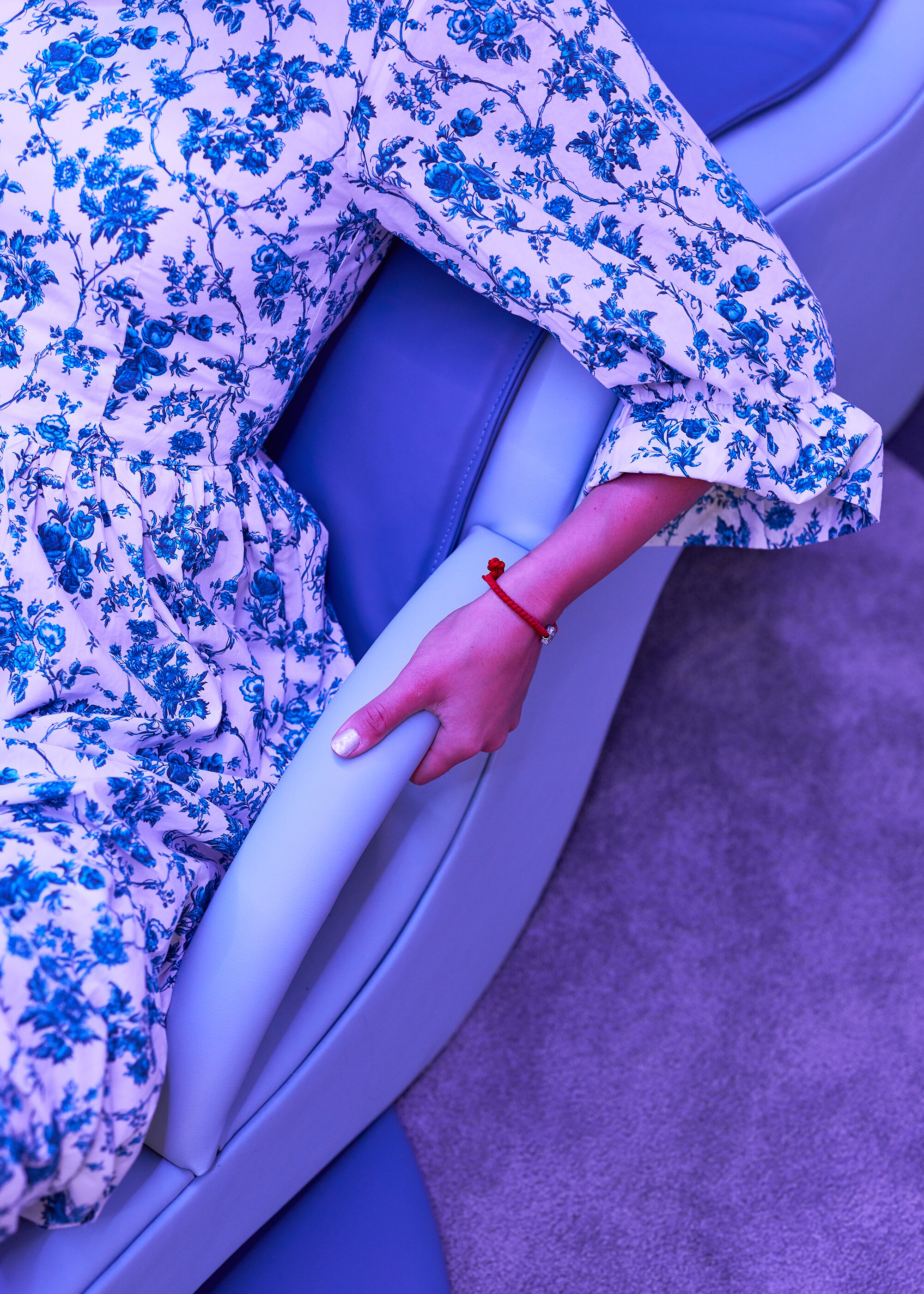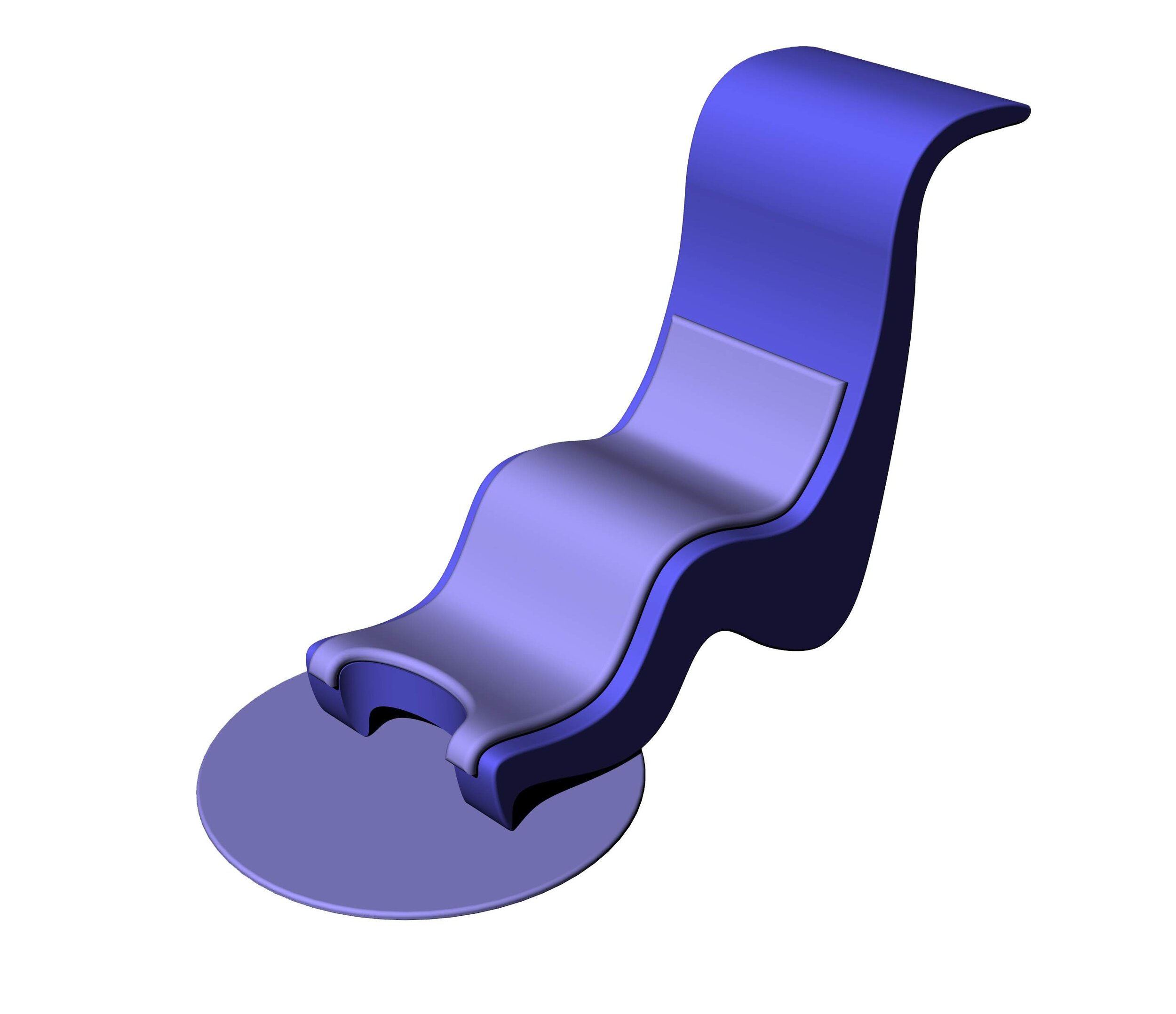Stiliyana Minkovska
Parturition Stool
Researchers have demonstrated that people are more likely to tear or bleed during labour if they are in the historic lithotomy position (in which the patient is on their back, with their hips and knees flexed and thighs apart). Adopting this kind of supine position (lying horizontally with the face and torso facing up) often results in forceps having to be used for delivery – as you are going against the natural pull of gravity. This position can also extend the length of the baby’s delivery.
Squatting on a parturition stool is proven to encourage the baby to emerge. However, despite being more convenient for both parent and baby, obstetrics favours the supine position, as it allows for the intervention of the tools commonly used during techno-medical births, such as vacuum and forceps. Consequently, it is the most-common birthing position.
The Parturition Stool offers comfort without the need for anaesthetics. It provides support for the parent and respects their unique temperament and physicality. It also recognises the need for others to be present during the birth and has been designed in a way that allows partners, friends or family to join the experience.
How it works:
Designed as a tandem, a midwife or chosen partner can embrace the mother. A supporting design element works around the mother’s physical and biological needs.
The Parturition Stool supports those in labour from the back. Space is provided for a second person to stand behind the birthing parent for leaning support. This collaborative act assists with both pushing and pulling. The back of the body is supported with a soft cushion, while the neck is aided by a pillow. The partner’s armchair embraces the mother’s stool by design.
The Parturition Stool works in an upright position, which eases pushing, shortens the second stage of labour, lessens pain during pushing, and ensures fewer backaches and fewer perineal tears. The advantages for the parent are positive for the baby too – they have higher levels of oxygen in the umbilical cord.











